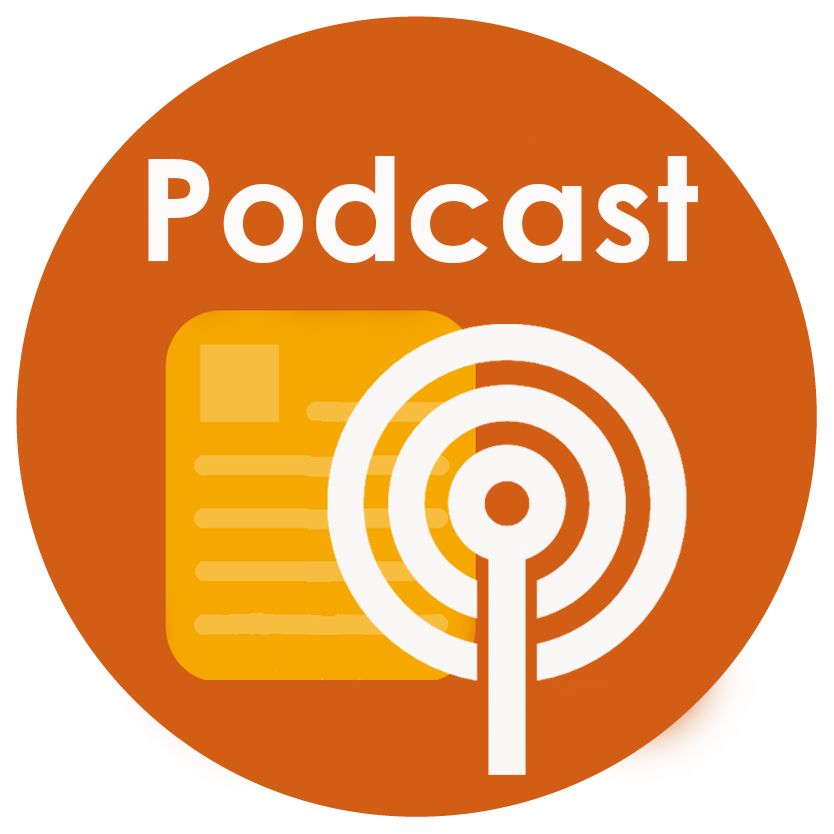
Volume XLII, No. 38 | October 8, 2020
The Multi-Genre Project
In today’s world, it is more important than ever that equity and diversity are embedded in all aspects of education. As educators, we can work to create a more equitable classroom by helping students feel connected, appreciated, and valued. Encouraging students to feel engaged with course material is one way to plant the seeds of classroom equity. One strategy I use in my African American literature course to encourage engagement is a multi-genre project.
Previously at Lone Star College-University Park, the only literature courses offered were British Literature and American Literature. I wrote a proposal and asked if I could teach an African American literature course, and without hesitation I was granted permission to proceed. Ever since receiving the green light, I have worked to create a course that is engaging, enlightening, diverse, innovative, meaningful, and fun. The multi-genre project allows for all of these elements to occur.
Background
My African American Literature course is built around certain themes and includes the study of a variety of authors. During class, we discuss the authors, their work, and the theme we are focused on in that unit. I provide questions to guide discussions, but students are able to freely share their thoughts and opinions. One question I often include asks students to connect what they are reading about the past to the present day. It is amazing to learn about their perspectives and experiences. Our students are unique and have their own stories to tell, and these discussions allow them to express who they are.
After we have studied all of the authors, the readings, and the themes, students are given the opportunity to choose one of the authors to focus on for the multi-genre project, which encompasses different genres and mediums of writing and allows students to be creative. Once students choose an author, they must choose three creative pieces to construct for their author. These pieces may include an obituary for their selected author, a comic strip, an advice column, journal or diary entries, letters, a short story, a collage, a speech, or a poem. I have even added a social media component where students can create a Twitter or Facebook profile for their author, complete with a profile picture, “about me” section, and posts they believe their author would make. I have plans to expand the options in the near future to allow for video projects. If there is a different type of project that a student would like to do, he or she can talk to me and I am happy to accommodate them.
The purpose of this project is not only to allow students to tap into their inner creativity, but for them to place themselves in the shoes of the author they selected. I ask students to consider what they think their chosen author would say, do, or act. Although some of the authors we study are alive, there are many who have passed on. Students are able to bring these authors back to life through their work based on what they have learned.
Project Requirements
There are certain requirements that students must meet for their project. It must be presented as either a Word document or a PowerPoint presentation. If students have another platform that they would like to use to present their project, they can request to use a different method. Each project option that is listed for students to select has its own set of requirements. When students submit their final project, they must include a title page, table of contents, and a page that explains each assignment, followed by the actual project.
These assignments allow students to become the authors who inspire them. They take what they have learned in the course a step further to research and develop their projects. I have had many students tell me that the multi-genre project was fun and different from other assignments they have had in the past. While completing this project, students are creative and engaged in what they are learning and are able to express themselves in new ways. When they finish their project, they are instructed to post it on the class discussion board. This allows students to view what their classmates have created and make connections between projects. I thoroughly enjoy reviewing my students’ creations and seeing what they’ve learned come to life in their projects.
Chelsea Davis-Bibb, Associate Professor, English
For more information, contact the author at Lone Star College-University Park, chelsea.j.davis-bibb@lonestar.edu.



